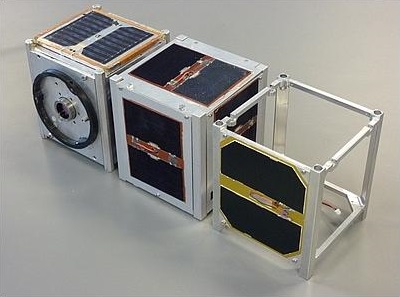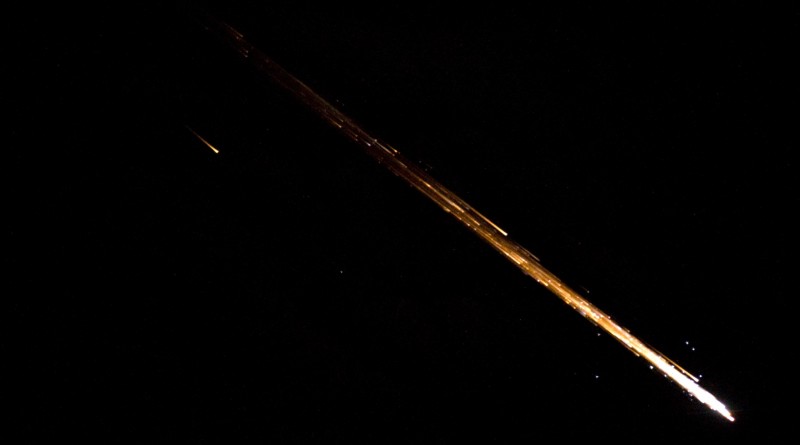Re-Entry: AAUSAT 5

The Danish AAUSAT 5 CubeSat, launched aboard the HTV-5 cargo spacecraft and deployed from the International Space Station, re-entered on March 15, 2016 after five months in orbit.
NORAD ID: 40948
Origin: Denmark
Object: AAUSAT 5
Type: 1U CubeSat
Mass: ~1kg
Inclination: 51.6°
Launched: August 19, 2015 – 11:50 UTC
Launch Vehicle: H-IIB
Launch Site: Tanegashima Space Center, Japan
Released from ISS: October 5, 2015 – 14:05 UTC
Re-Entry Prediction: March 15, 2016 – 17:03 UTC +/-120 Minutes
Re-Entry Zone: Unknown
AAUSAT-5 known by its full name Aalborg University Cubesat 5 is a student-built satellite complying with the 1U CubeSat form factor. The satellite carries two receivers for the Automatic Identification system.
The Automatic Identification System is used by sea vessels that send and receive VHF messages at the 162MHz frequency containing identification, position, course and speed information to allow the monitoring of vessel movements and collision avoidance as well as alerting in the event of sudden speed changes.
These signals can be transmitted from ship-to-ship and ship-to-shore to allow the monitoring of a local area, but deploying space-based AIS terminals allows a broad coverage and data relay to ground stations for monitoring of large sea areas. However, due to the large footprint of satellites, overlapping and signal collisions become a problem, especially for frequented traffic routes.
The AAUSAT AIS receiver is based on a Software Defined Radio Design using a 16-bit Digital Signal Processor being fed by an Analog-to-Digital Converter within the RF Front End of the system. The Digital Signal Processor includes 32MB of RAM and 8MB Flash memory. The bulk of received AIS messages is stored on an SD Card and transmitted to the spacecraft via two analog data connections for downlink via 437MHz UHF. Overall, the system is capable of receiving over 1000 samples per second.

